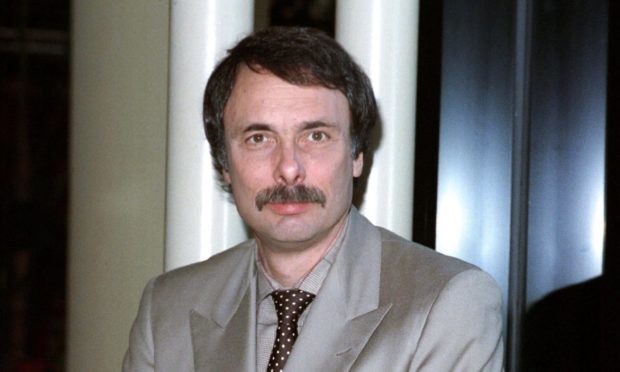Arthur Kopit, the Broadway playwright who later found success on television, has died aged 83.
Born in New York in 1937, the two-time Pulitzer Prize finalist was an engineering student at Harvard in the 1950s when he began to study creative writing for “pure fun”.
After winning several playwriting prizes as a student, Kopit began to attract the attention of agents and producers.
He made his theatre debut in 1962 with Oh Dad, Poor Dad, which ran for a year off-Broadway before running on Broadway in 1963.
“I wasn’t really prepared for what happened after that,” Kopit told the Globe.
“Had anyone told me ‘Oh Dad’ was going to be a commercial success, I’d have thought the person crazy.”
Kopit scored further Broadway successes with Indians in 1969, Wings in 1978 and Nine in 1982.
Later in the 1980s he began work, together with composer Maury Yeston, on a musical version of Gaston Leroux’s novel The Phantom of the Opera.
Kopit read Leroux’s 1911 novel about a disfigured masked man haunting the Paris Opera house, secretly in love with a singer.
He watched earlier filmed versions, then brought a fresh backstory to the Phantom, giving additional depth and nuance to the character.
Just when Kopit and Yeston were seeking investors, they read that Andrew Lloyd Webber, who had just scored a huge hit with Cats, was undertaking a musical version of Phantom.
Investors backed out of the Kopit-Yeston project, which seemed doomed to oblivion.
Lloyd Webber’s The Phantom of Opera premiered in London in 1986 and on Broadway in 1988.
It was still running 32 years later, when Broadway theatres closed due to the coronavirus.
Kopit and Yeston persisted nonetheless, and Phantom was released as a television mini-series in 1990, before having its stage premiere in Houston a year later.
By that time, Kopit had also written the police drama Hands of a Stranger for the NBC network.
Kopit called Lloyd Webber’s version “the British juggernaut,” but added: “I thought ours was better.”
By 2007, there had been more than 1,000 productions of what became known in theatrical circles as “the other Phantom”, with hundreds more in the years since.
It toured German theatres for eight years and has been seen in cities across North America, but it has never been on Broadway.
New York Times critic Alvin Klein said: “When history tells the tale, the ‘other Phantom’ may well be the winner.”
